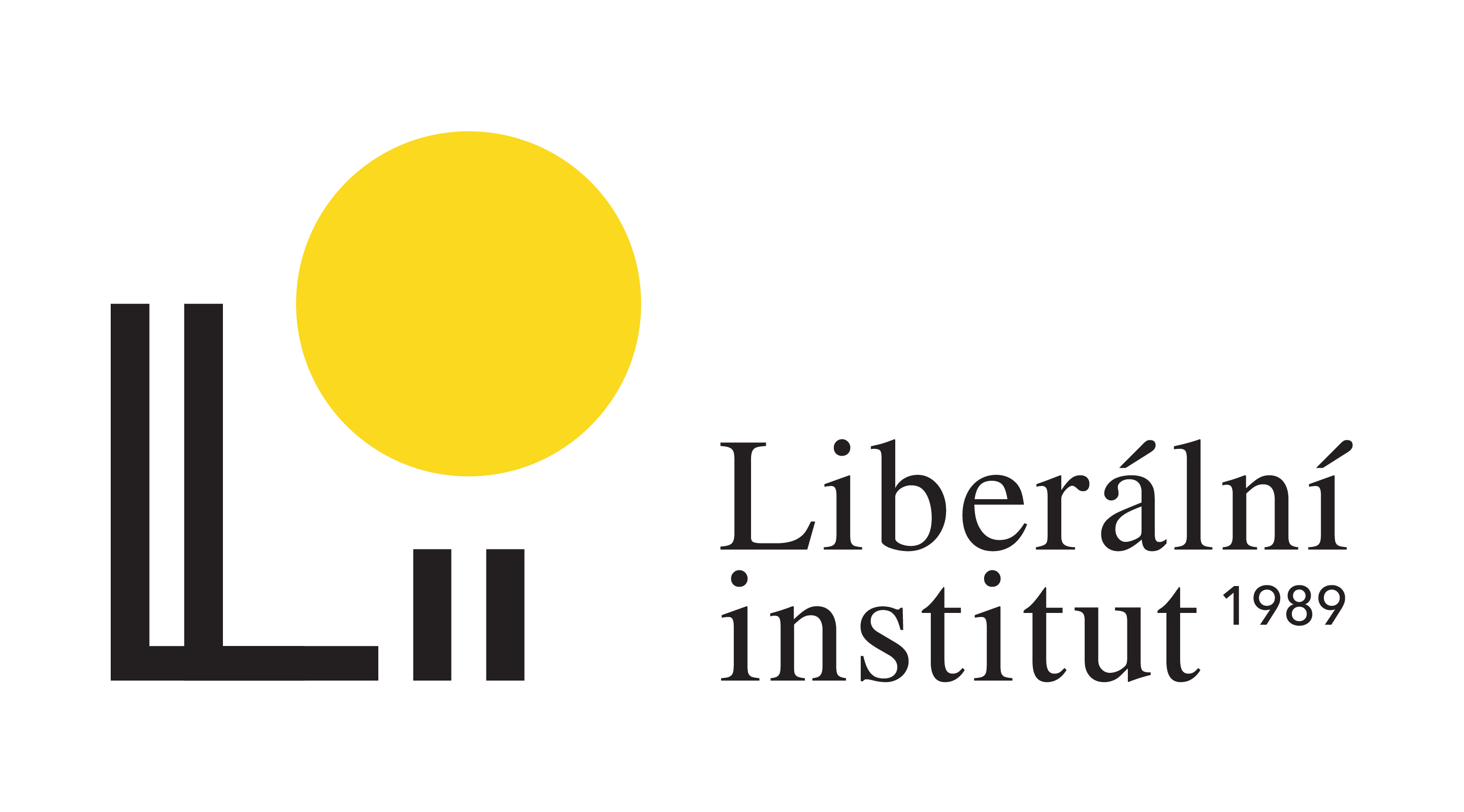
There is no doubt that the Kádár-era left a deep mark on Hungarian society, which is not surprising after more than 30 years of its existence.
In this article, I will briefly discuss, through the concepts of political culture and political socialization, how and to what extent this period, which can be considered the basic experience of many Hungarian citizens, had a significant impact on Hungarian culture during and after the regime change, and still has today. Of course, the focus is more on identifying contemporary influences. The presentation of the antecedents merely helps to improve understanding.
Who Was János Kádár?
János Kádár was appointed head of government in the Republic of Hungary on November 7, 1956 (three days after the Soviet intervention in the 1956 revolution) and served in various roles as head of the Hungarian Socialist Workers’ Party (MSZMP) until May 22, 1988. Thus, this period can be considered the longest, roughly uniform period of the very turbulent 20th century in Hungary. And this fact alone tells us a lot about why its impact is still felt today{1}.
Political Socialization and Culture in Theory
The two most important terms used in this paper are political culture and political socialization. Political culture is generally understood as how a society “internalizes the main elements of political culture, such as knowledge about the political system as a whole (e.g. institutions or values) (cognitive orientation), the emotions and feelings that arise from this knowledge (affective orientation), and the value judgments or opinions that are formed by the former (evaluative orientation)“.
It is important to note that political culture is formed in individuals, but it is most often found in groups. Furthermore, most of the time, political culture is not homogeneous within a country; different regions or age groups may have different political cultures. Basically, three types of political culture are distinguished: the parochial, the subject, and the participant.
The parochial type of citizens is practically only informed about the life of their narrow community, they are not really familiar with national politics, and their world ends at the borders of their village. In the subject type, we can already speak of separate political functions and national-level awareness, but citizens are only interested in decisions that affect them personally, and their behavior can still be considered submissive.
In the participant type, citizens already feel their duty to take part in decision-making and are actively involved in political life. However, these are only ideal descriptions, most of the time these types can be mixed, and only a dominant type can be described for a country{2}.
Political socialization and political culture are closely linked. Political culture is transmitted in the process of political socialization, but it can also shape it{3}. Political socialization is a lifelong process in which an individual’s attitudes and political orientations towards politics are formed. The current political system is a very important framework for this process{4}. Political socialization is not a one-way process, society naturally influences the individual, but the individual also influences society. So, society passes on ready-made patterns and worldviews to new generations, and this is an important condition for the survival of political systems.
However, young people can shape their worldview and their attitude to politics according to their own convictions, alongside the ready-made models{5}. The main arena (or agency) for socialization is the family, school, peer groups, and even the media. The most important period of the process is considered to be childhood and adolescence, but in some cases, significant changes can occur in adulthood. Classic examples include moving to another country, a radical change in the way power is exercised within a country, or other historically significant events. Political socialization, of course, takes place in very different ways in dictatorships or stable democracies{5}.
Kádár-Legacy
Having familiarized ourselves with the concepts on which this article is based, we can now turn to the most important features of the Kádár-era. The political socialization of the Kádár-era was characterized by conflict avoidance, unlike the preceding Rákosi-era (Mátyás Rákosi was the almost absolute leader of Hungary between 1949 and 1953; during these four years the intimidation of the population, the cult of Rákosi, and the atomization of society were typical{6}.), it did not deny the existence of various socio-political conflicts, but instead of channeling them, the regime sought only to avoid them.
A characteristic feature of the period was that through political socialization, the state sought to produce citizens who were loyal and faithful to the system. The most important instrument in this process was the school system, which carried out ideological education and “orientation”. The Kádár-legacy of Hungarian political culture The Kádár legacy of Hungarian political culture is rooted in the processes described above, and the avoidance of conflict by the authorities has contributed to citizens’ negative perceptions of politics, to their lack of active participation in politics, and a general decline in trust in institutions{3}.
Other important features of the era can be identified. So-called “dual socialization”{4} has developed, whereby young people have acquired the behaviors and patterns expected by the authorities within the formal framework of political socialization (e.g. school). At the same time, informal areas of socialization (such as the family) may have passed on different patterns, revealing the shortcomings of the system and that reality often does not match what is learned at school. The aforementioned loyal behavior of citizens, expected by the authorities, led these people to see themselves more as objects of politics than as subjects.
There was also a tendency towards individual advocacy, mainly due to the lack of opportunities for organized lobbying. The most important way to do this was to mobilize personal relationships, and these techniques were further developed through socialization in the family. Such steps were necessary to keep the personal sphere somewhat calm in the face of constant political changes.
Political socialization was very direct, and in the absence of political alternatives, school education was not aimed at forming independent political opinions, but at direct ideological education, at the formation of a “socialist type of person”{4}. The organizations that were active in schools and aimed at children and youth (such as the Communist Youth Association, and KISZ in Hungarian) reinforced the direct ideological education. However, the interaction with teachers who were less in agreement with direct methods and personal experiences could conflict with the patterns taught during formal socialization{4}.
Of course, there have been minor changes over more than 30 years, because the repression that followed the 1956 revolution could not last forever. However, the gradual easing after this period was followed by some tightening and a setback in the early and mid-1970s. So, the individual changes did not threaten the system as a whole and the socialization of the young generations within it.
This is a significant difference compared to the period after the regime change in 1989, but it does not mean that the Kádár-era cannot be segmented in terms of political socialization. The eternal adage that nothing lasts forever has proved true this time too, as the effects of the crisis in the Soviet Union (and its collapse years later) and the series of regime changes in Central and Eastern Europe have not escaped Hungary. In the process, a new chapter in political socialization began. But have radical changes really taken place?
Residues of Kádárism in Post-Socialist Era
With the regime change that began in 1989, the legal and institutional obstacles were removed, creating the opportunity for democratic political socialization and the creation of a participatory political culture. Changes to the legal, economic, or political system may have been rapid, but the impact of more than three decades of political socialization cannot be left behind.
However, small changes already made within the previous regime helped to ensure a peaceful transition. The relative mildness of the state socialist period in Hungary compared to the surrounding countries and “the most cheerful barrack” status contributed greatly to Hungary’s image of the pre-system change period being the most positive of all the states in the region. And the regime change itself triggered a major adult socialization change, called resocialization.
In the absence of political will and institutions, democratic political socialization was only partially achieved and a mixed model emerged. Thus, in addition to the democratic socialization model, the legacies of the Kádár-era are also part of political socialization. The attitude towards politics remains negative and the relationship between socialization factors is not very close, there is no mutualization.
In addition to the factors already mentioned, economic difficulties, social polarization, and semi-peripheral location have made changes in political socialization towards a democratic model more difficult. The role of schools and families has greatly decreased, while the role of the media and political parties has increased. Families have been forced to take on more work as a result of economic difficulties, so the political socialization of children has become a secondary issue. However, the school system has not taken over this role either, leaving a huge opportunity untapped in the post-regime-change period.
2006 is of particular importance not only in terms of the infamous “őszöd speech” (the speech delivered by then Prime Minister Ferenc Gyurcsány in the summer of 2006 at a closed parliamentary group meeting of one of the governing parties, the Socialist Party, in which he admitted that the country’s economic situation was unsustainable and that the party could not deliver on its campaign promises, in fact, austerity measures are needed), and the government’s narrative, but also in terms of political socialization in Hungary as the forerunner of a new era.
The events of autumn 2006 (Ferenc Gyurcsány’s speech was published in September 2006 and sparked a wave of violent protests, signaling that radical changes were underway in Hungarian political life), which eroded the legitimacy of the system, and the subsequent global economic crisis further strengthened critical voices and deepened the signs of crisis in society. These events led to an almost permanent disenchantment with politics and unusually violent protests. The party system began to disintegrate, in 2010 Fidesz-KDNP achieved a landslide electoral victory that brought about radical changes in many respects, including political socialization{8}.
After 2010, democratic core values are still not given much attention, but the national theme is dominant. It is also not new that institutions for conflict management have been significantly weakened by the government. For example, civil society organizations have very limited room for maneuvering, but the changes concerning the Constitutional Court also fit into this trend. Political loyalty has replaced professional competencies as the most important factor.
It is important to note that political considerations were never completely neutral but only became more pronounced after 2010. And the most striking change has probably been in the education system. The nationalization of public education, the restructuring of higher education, the introduction of new subjects, and the rewriting of textbooks in some subjects are all ways of transmitting to young people the models that the state favors. This activity is the result of a very conscious political socialization concept{5}.
Politics is still perceived in a very negative light and is difficult for ordinary citizens to understand and influence directly. A new form of partocracy has emerged, with Fidesz-KDNP able to dominate every segment of the political space and transmit its dominant ideology. A new system of dependency on the part of the state has been established, and systemic and highly ideological socialization is taking place through institutions, also run by the state.
Once again, there is a need to create a type of person who does not actively participate in politics, does not voice criticism, and remains loyal to the system. As a result of these phenomena, it is perhaps not an overstatement to say that the current socialization processes are more similar to the Kádár model before the regime change in 1989 than to the one that emerged after 1989{7}.
Obviously, the traces of a long period such as the one marked by the name of János Kádár cannot simply be erased. It takes much more time to “transform” societies than to change the political or economic system. In the preceding paragraphs, I briefly described the characteristics of the Kádár-era and the 35 years following the regime change in terms of political socialization and political culture. On this basis, several patterns that have survived from the Kádár era in Hungarian society can be identified.
The distrust towards political institutions, negative attitudes, and disinterest in politics can certainly be seen as a “remnant” of socialism. The weakness of civil society and its rejection by the authority, and the political passivity associated with it, are also phenomena that are still very much in evidence today. There is also a distrust of political leaders and a sense of low political competence and advocacy skills on the part of the average citizen{3}.
Some elements of regime-centered and ideological socialization seem to have returned to the schools, and a new version of the Kádár “common man’s consciousness”{7} (who, in the name of freedom of the private sphere, does not actively engage in politics and does not take a clear stand on political issues) seems to be created by the current regime. The banishment of political subjects from schools after the regime change of 1989 has become a dead idea after 2010, but the education system is not about offering students every opportunity, but about socializing the rising generations according to the values and ideology favored by the current regime. Other patterns could be identified, but in my modest opinion, these are the most significant to date.
Interestingly, some of these patterns were also adopted by young people born after the regime change of 1989, who mostly inherited some of the characteristics of the Kádár socialization through their parents. The rejection of politics, political passivism, and the association of politics with essentially negative terms can be seen as a legacy of the Kádár era. The attitude of young people towards the Kádár era is also a striking issue.
According to the Youth2008 (Ifjúság2008 in Hungarian) survey data, respondents rated the period before the regime change of 1989 better than the period after it, in terms of economic and livelihood issues. Overall, they did not think any worse of the political system in the Kádár-era. These results were confirmed in 2012 and 2013{3}.
This is probably because the lack of political socialization after the regime change of 1989 means that young people born after 1989 do not have access to credible information about the real workings of the “softer” dictatorship of the Kádár era. As a result, they have no basis for comparison, and when judging democracy, they do not comment on democracy as an ideal or value, but on the performance of Hungarian democracy in general{8}. Which, if we take into account the results of the economic transition, has not been very successful.
It is clear that Hungarian society is still unable to break free from some of its shackles. We, Hungarians, still often do not understand politics as the discussion of public issues or active participation in public life. Rather, we identify it with corruption, power games, or agreements made in smoke-filled rooms in the background that will later affect our lives.
As a young person who is interested in both the practical and theoretical side of politics, it is sad to see that after the regime change of 1989, a huge opportunity was left untapped. A commitment to democratic values has not been instilled in Hungarian society, because a well-functioning democracy requires more than just the creation of a set, of democratic institutions and a functioning market economy; it also requires actors.
If the political interest of the younger generations declines or perhaps stagnates in the long term, it could lead to apathy and, later, to a further devaluation of democracy and democratic values. And in Hungary, the patterns and messages conveyed by schools and the media are not at all designed to treat democracy as a value. I hope that this can change in the future.
Continue exploring:
After Its Presidential Fiasco, Hungary Should Pay Attention to Democratic Monarchies























